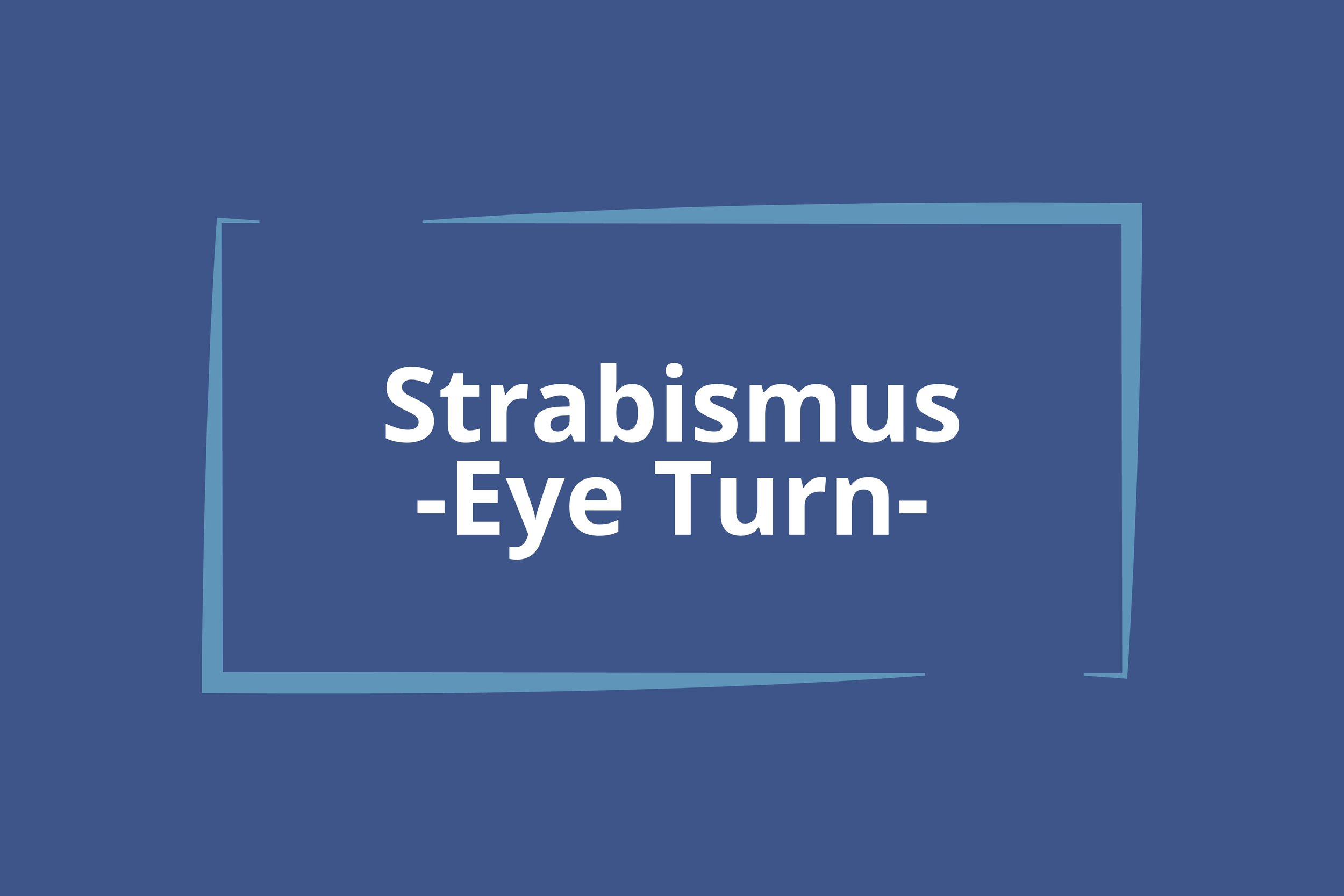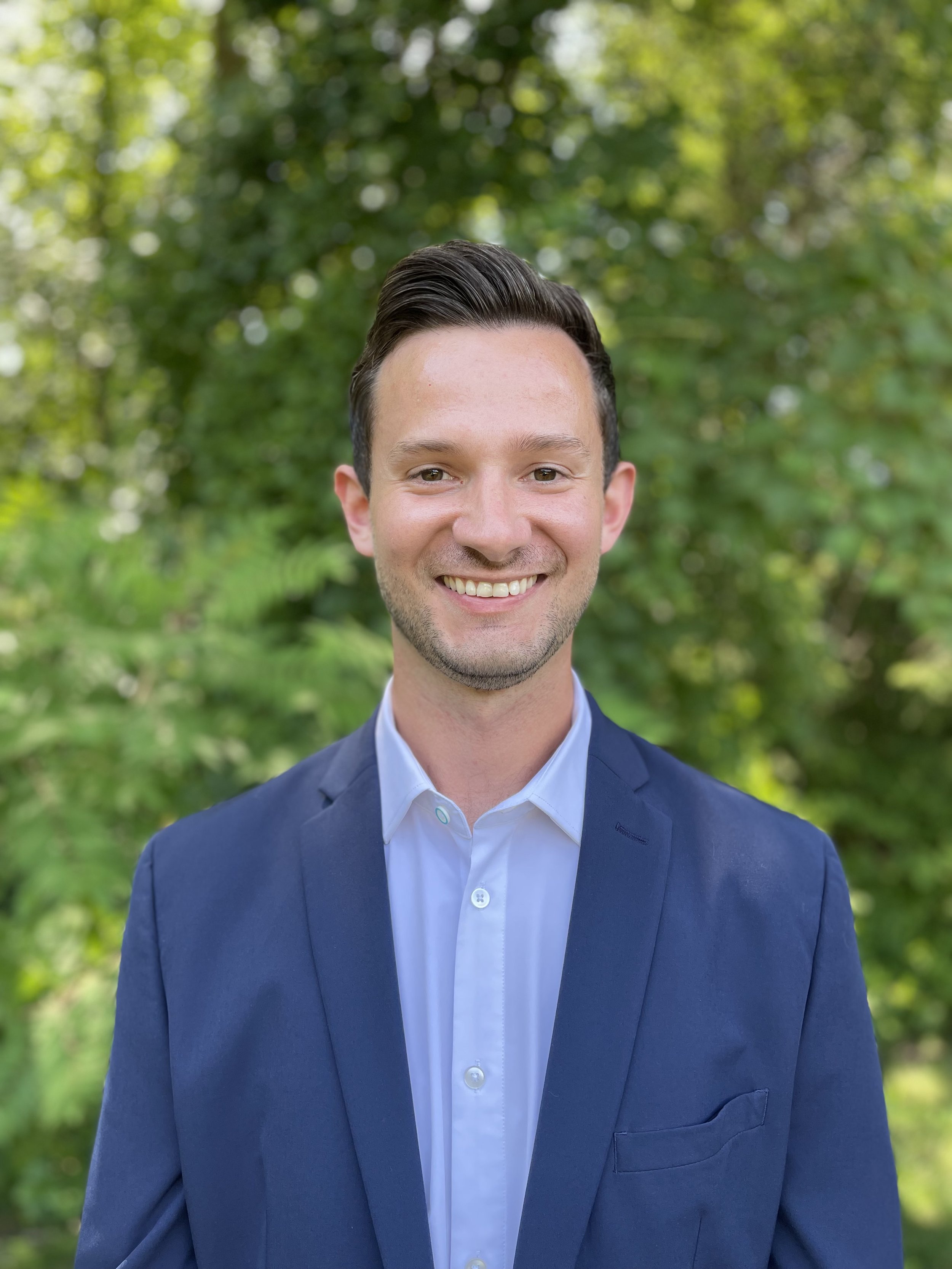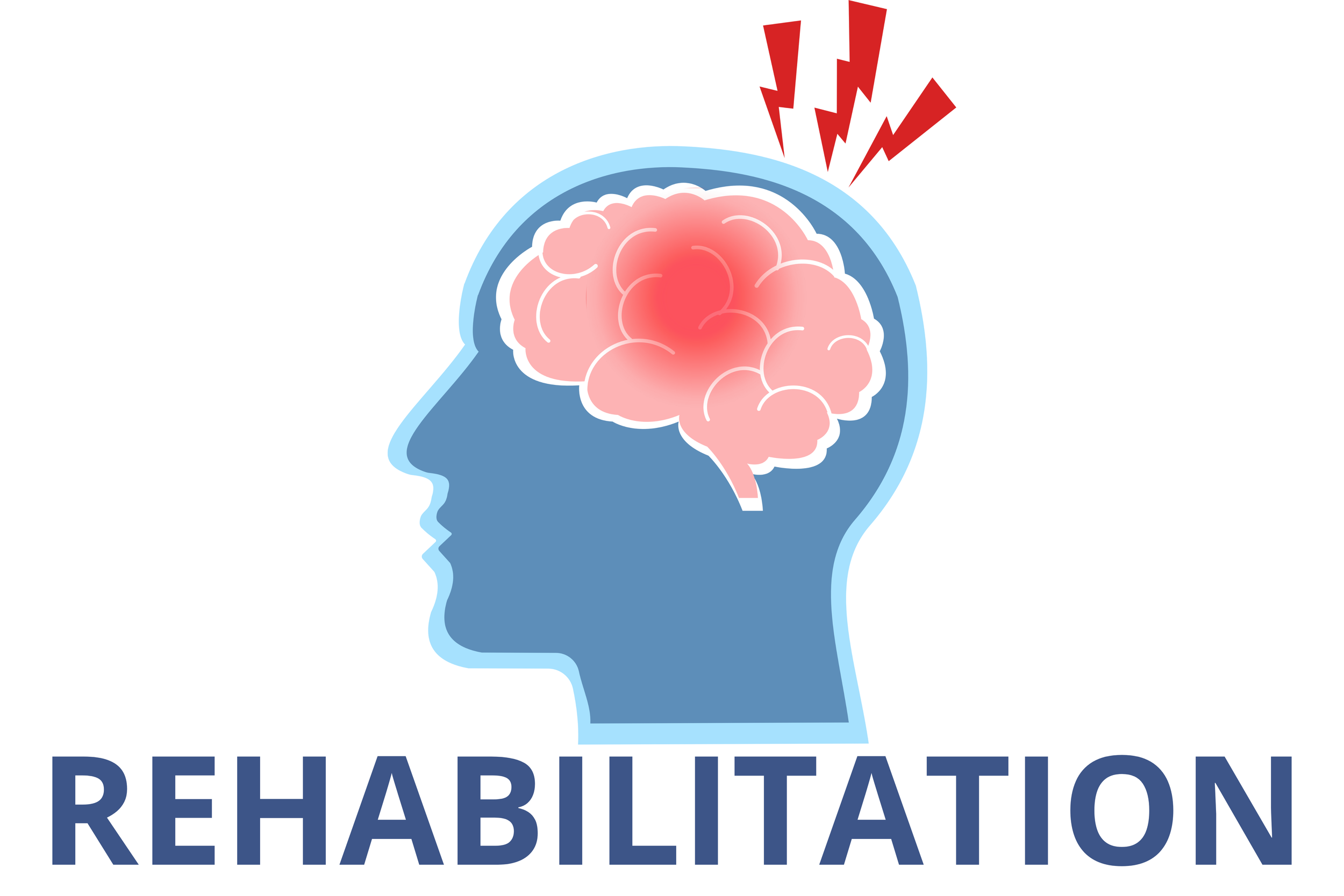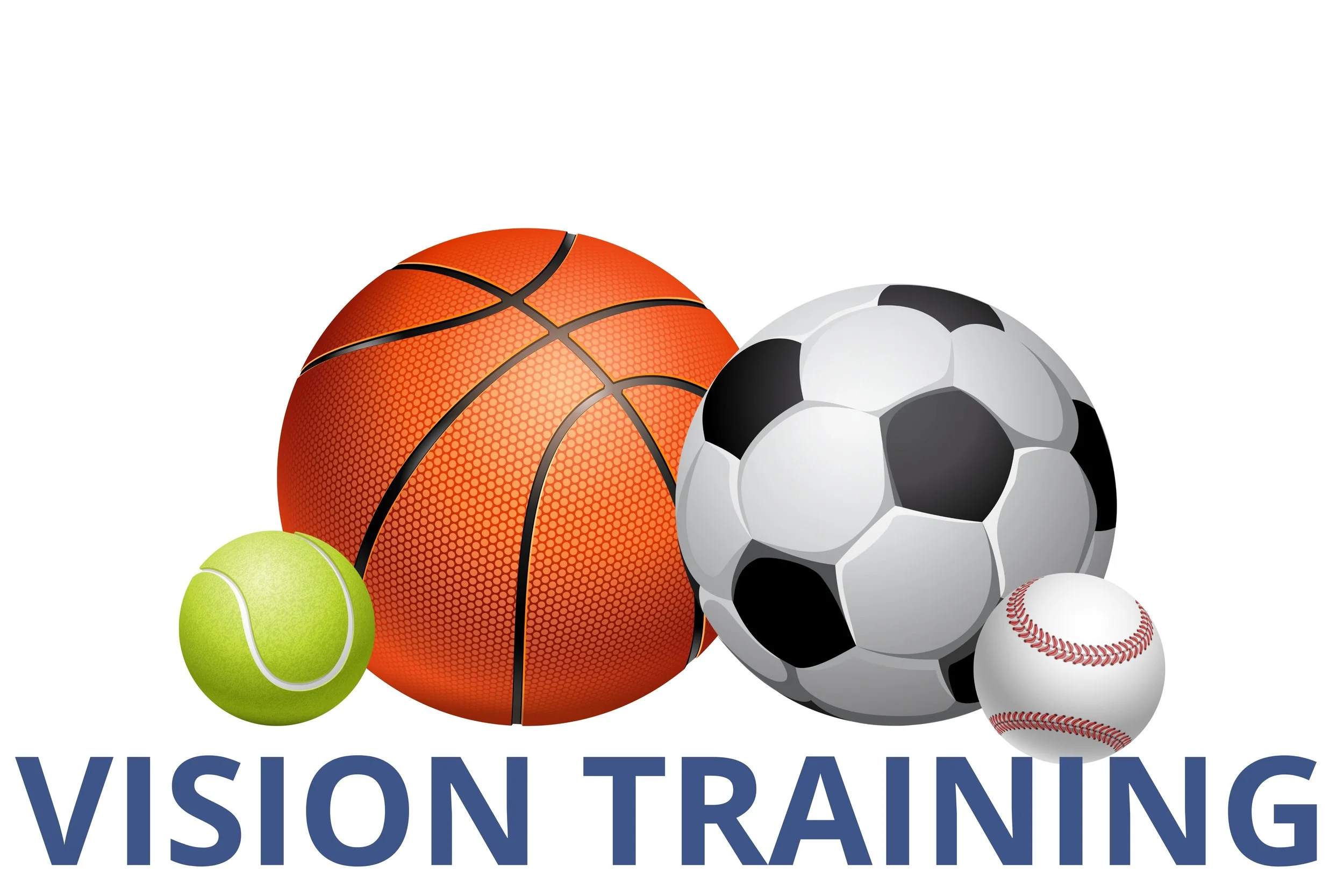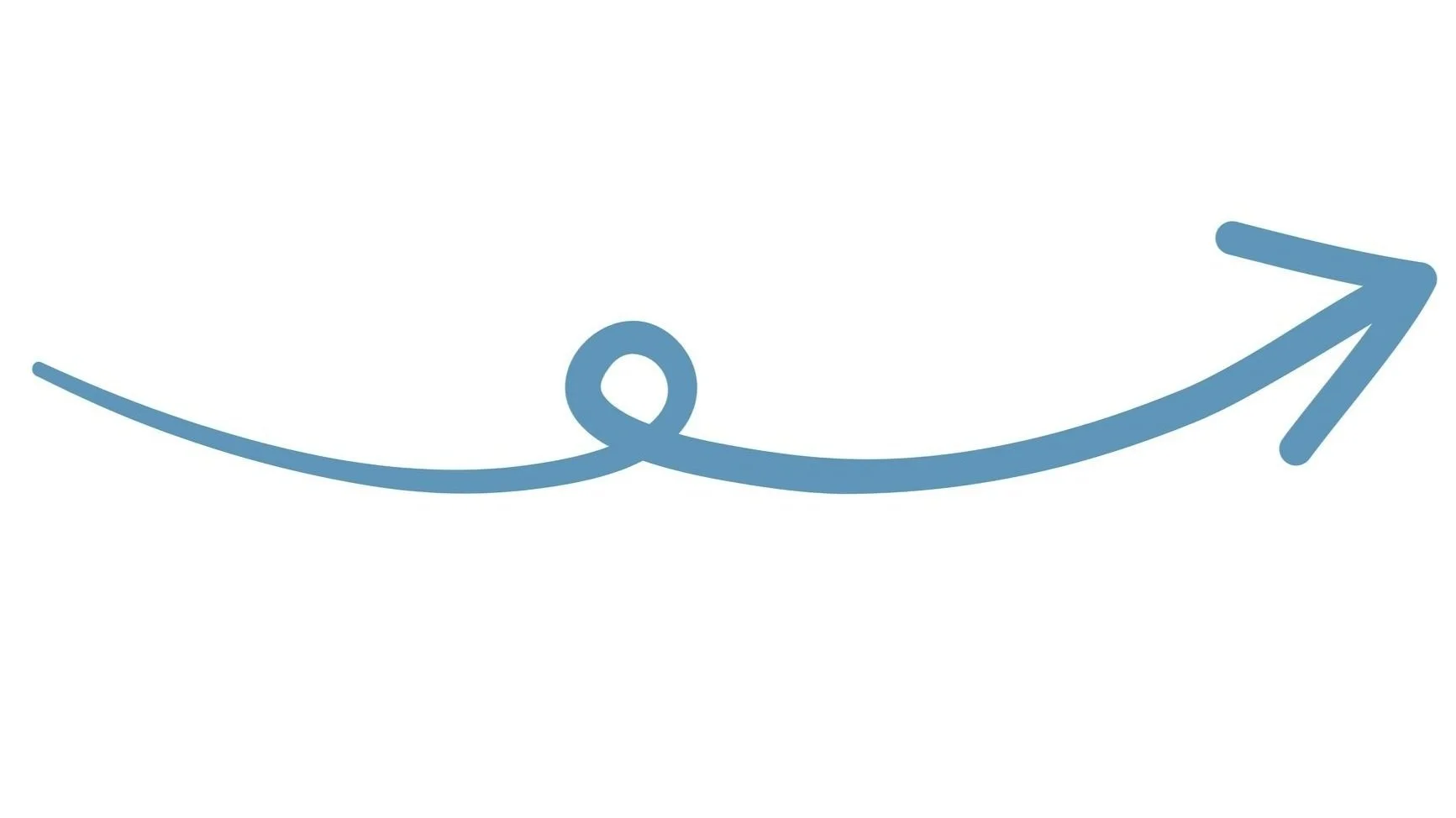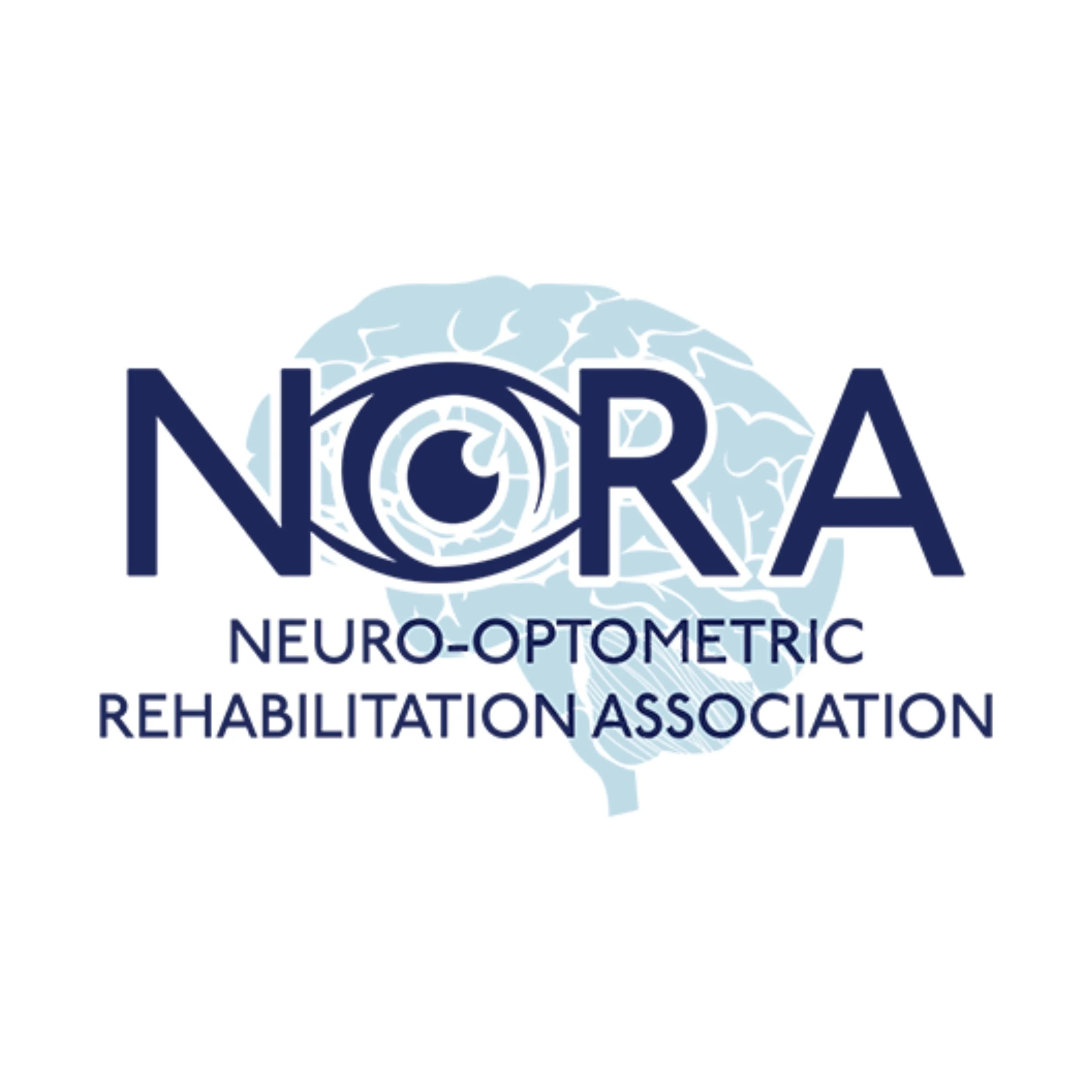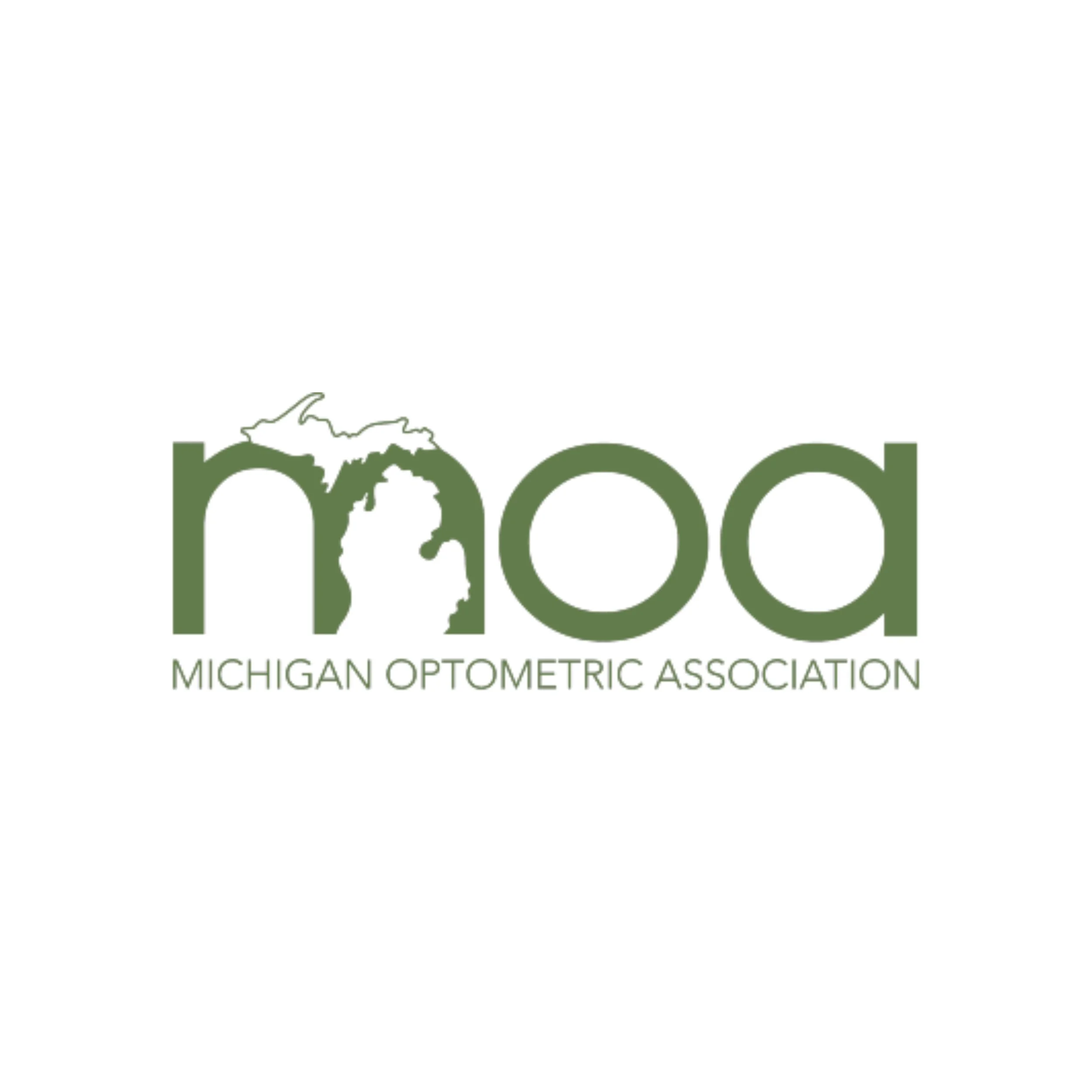Discover if vision therapy is right for you.
What We Treat
WHAT WE TREAT

I am so happy you are here to learn more about vision therapy! We opened our practice in 2018 to bring vision therapy to the Lakeshore community of West Michigan, and have had the pleasure of helping people enhance their lives in so many ways through vision. There is a place here for everyone, whether learning to read with confidence and comfort, developing coordination and spatial awareness, returning to work after a brain injury, riding in a car without feeling sick, excelling in sports, and much more. We go way beyond seeing 20/20, addressing the many skills necessary to thrive.
If you suspect vision is the problem and we have the solution, I encourage you to look around our website and take the first step by calling us to discuss your situation.

I am so happy you are here to learn more about vision therapy! We opened our practice in 2018 to bring vision therapy to the Lakeshore community of West Michigan, and have had the pleasure of helping people enhance their lives in so many ways through vision. There is a place here for everyone, whether learning to read with confidence and comfort, developing coordination and spatial awareness, returning to work after a brain injury, riding in a car without feeling sick, excelling in sports, and much more. We go way beyond seeing 20/20, addressing the many skills necessary to thrive.
If you suspect vision is the problem and we have the solution, I encourage you to look around our website and take the first step by calling us to discuss your situation.

What is Vision Therapy?
WHAT IS VISION THERAPY?
WHAT YOU SHOULD KNOW ABOUT YOUR VISION

SUCCESS STORIES
-

Basic
What should we know about the services you provide? Better descriptions result in more sales.
-

Intermediate
What should we know about the services you provide? Better descriptions result in more sales.
-

Advanced
What should we know about the services you provide? Better descriptions result in more sales.

SUCCESS STORIES
Step into our world of transformation, where we passionately address vision challenges that have touched the very core of our patients' lives. As individuals with diverse diagnoses, varying difficulty levels, ages, confidence, and thresholds enter our office, we embark on a journey of hope and positive change. Witness the incredible impact of vision therapy as our patients eagerly share their transformative stories, inspired by the profound difference it has made in their lives.
John
Struggling with Amblyopia asdfsaoc asdfeardad alkatoids agelkadjoeia
Read More…
Struggling with Amblyopia asdfsaoc asdfeardad alkatoids agelkadjoeia
Read More…
Sally
Struggling with Amblyopia asdfsaoc asdfeardad alkatoids agelkadjoeia
Read More…
Sarah
FREE PHONE CONSULTATION
THE EVALUATION PROCESS
VISUAL SKILLS TESTING
RESULTS CONSULTATION

Frequently Asked Questions
-
Vision therapy is a treatment to address vision problems like eye teaming, eye focusing, tracking (such as a ball or a words on a page), reading eye movements, depth perception, visual information processing, and visual motor integration, to name a few. An individualized treatment plan is created to retrain the brain with activities that are often fun and age-appropriate, and build off each other from week to week. In most cases it takes on average 6 to 12 months to build neuro visual pathways that are accurate and efficient, and allow vision to function better in school, sports, and life. Typically we recommend one office appointment per week lasting one hour, plus 20-30 minutes of daily home activities to reinforce the skills that were learned in the office. Every 12 weeks, your developmental optometrist will complete progress evaluations with each patient to confirm that we are continually making progress and finally ready to graduate!
-
•Studies show about 1 in 4 children have a vision problem that interferes with their ability to read, learn, comprehend, and pay attention. Studies also show these rates are much higher in children diagnosed with ADD, ADHD, dyslexia, and learning disabilities.
Unfortunately, these problems are often undiagnosed because most vision screenings and eye exams only check for 20/20 eyesight far away, and ignore how that child’s eyes function where they spend most of their day – looking up close!
Convergence Insufficiency is 3x more common in individuals with ADHD, making it harder to focus on reading.
Functional vision problems are found in 80% of those with Dyslexia.
90% of concussion patients have a functional vision problem.
-
In most cases, no. The beauty of vision therapy is that once the brain learns how to gather and process visual information more accurately and efficiently, it does not regress back to old and ineffective bad habits. The difference between an eye problem and a vision problem is that while most of our patients’ eyes work fine, the brain has not developed the visual skills to use their eyes productively. A common misconception is that vision therapy is strengthening eye muscles. As we change the way the brain uses the eyes, vision is learned and developed. Similar to riding a bike, these skills go into motor memory and learning, and are not forgotten!
-
Although it does not cure it, many times there is a vision problem that mimics or complicates attention problems. If it is uncomfortable for their eyes to focus up close, children can get frustrated with schoolwork, avoid near work, and act out to get away from reading. After vision therapy, we have seen children taken off their medication, have the dosage reduced, or they are significantly more successful with their necessary medication.
-
True developmental dyslexia is a disorder of language processing. 80% of patients with dyslexia also have binocular vision dysfunctions impairing their eyes ability to work together as a team, focus, and track across the page. Vision therapy will treat these vision problems to resolve symptoms such as double vision, blurry vision, letters “swimming” or moving around, letters jumbled together, and letter/number/word reversals. When these problems are taken care of, dyslexia is easier to overcome.
-
Although our evaluation process includes everything that a standard eye exam tests, like distance acuity, prescription, and ocular health, it is much more comprehensive. We spend up to 3 hours with the patient evaluating every visual skill that is essential to learning, reading, comprehending, paying attention, playing sports, and functioning in everyday life. We determine every diagnosis and the severity to determine if that patient needs a treatment program, how long of a treatment program is necessary, and if therapeutic lenses would be beneficial.
-
From your first phone call all the way to graduation day, our whole team works hard to give you an unforgettable experience and exceptional treatment results. We respect the complexity of vision as a neurological process (not just eyesight), and understand how it can help or interfere with so many aspects of life. Vision affects report cards, coordination, sports, work performance, and brain comfort. Our team loves how our work helps build confidence, motivation, focus, self awareness, relationships, and grit. If you need vision therapy, we would love to guide you through this journey.
-
Reading is an extremely visual process. Competent vision is required in order to read and learn. Many of our patients struggle to acquire visual information easily, have to work very hard to use their eyes, feel pain like headaches and eyestrain, and see issues like blurry or double letters that appear to move. They may also struggle with visual memory and visualization, recognizing patterns, and spatial organization of a busy page of text. Dysfunctional vision (independent of 20/20 eyesight) is a learning disadvantage. With the right treatment, these problems can be erased and one can learn to be a visual learner, the best kind of learner.
-
Description text goes here
-
Yes! Strabismus, also called eye turn or crossed eyes, is the result of an inability of the brain to use two eyes together. Your brain takes visual information from two eyes and has to make those two images appear as one. If any stage in the visual development process is delayed or asymmetric, a compensatory response would be to turn one eye so far in or out that the brain could ignore the information from that eye.
Vision therapy retrains the brain to use both eyes together. This is challenging and takes time to break down the preference to use one eye. Through vision therapy, the patient’s brain gradually understands the benefits of using both eyes together to achieve depth perception and binocular vision (eyes working together as a team).
-
Amblyopia, also called lazy eye, is a condition where one eye has a reduced ability to see, compared to the other eye. People can also have bilateral amblyopia where both eyes see poorly. The amblyopic eye is unable to see 20/20 even with glasses. Research also shows that the amblyopic eye also has reduced visual skills like focusing, teaming, tracking, contrast sensitivity, and perceptual processing. Amblyopia can also cause deficits in both eyes as well, like suppression of binocular vision and poor depth perception.
Vision therapy works to address all of these issues in amblyopia. Our goal is to make the amblyopic eye just as strong as the better-seeing eye, plus make both eyes work together as a team to develop depth perception and binocular vision.
The traditional treatment is patching the good eye to help force the amblyopic eye to work. This is helpful for one-eye skills like visual acuity but does not address two-eye processing in the brain to develop binocular vision and depth perception. So, it’s not that patching is bad. It’s just that vision therapy is better.
-
A mild traumatic brain injury (concussion) can cause a loss of previously developed visual skills. Vision problems occur in 90% of concussions because visual processing is so dominant in neurological activity. It is estimated 40% of the brain is visual machinery that is prone to dysfunction with a brain injury. Most people with a concussion are still able to see 20/20 far away, but suffer from visual symptoms like headaches and eyestrain while reading, visual fatigue, dizziness, light sensitivity, visual motion sensitivity, peripheral vision and depth perception issues, as well as poor visual memory, among others.
-
Sometimes. Medical insurance companies often view these vision problems as a learning issue, not medical. Some companies will cover a portion of therapy; however, every insurance company is different.
We do not participate with insurance, so as to not let these companies dictate whether you or your child get the care that is necessary. Our independence from medical insurance allows us to invest in the best possible technology and training for our premium vision care program.
We can provide the necessary codes and receipts for you to file claims, as well as a letter of medical necessity. We also provide a script for the proper questions to ask your insurance company on what coverage you have and how to submit insurance claims. You may receive reimbursements from your medical insurance company after paying out of pocket.
-
Did you know vision therapy can be done virtually? After meeting you in person for testing, we can prescribe a vision therapy plan to be completed with a vision therapist virtually. Our patients have a kit of equipment and lenses to set up their VT station at home. We guide you on how to complete each activity successfully just like if you were in our office. In our experience, virtual vision therapy is as successful as coming in-person, as long as the patient is a good candidate for virtual sessions.
Didn’t find the answer to your question?
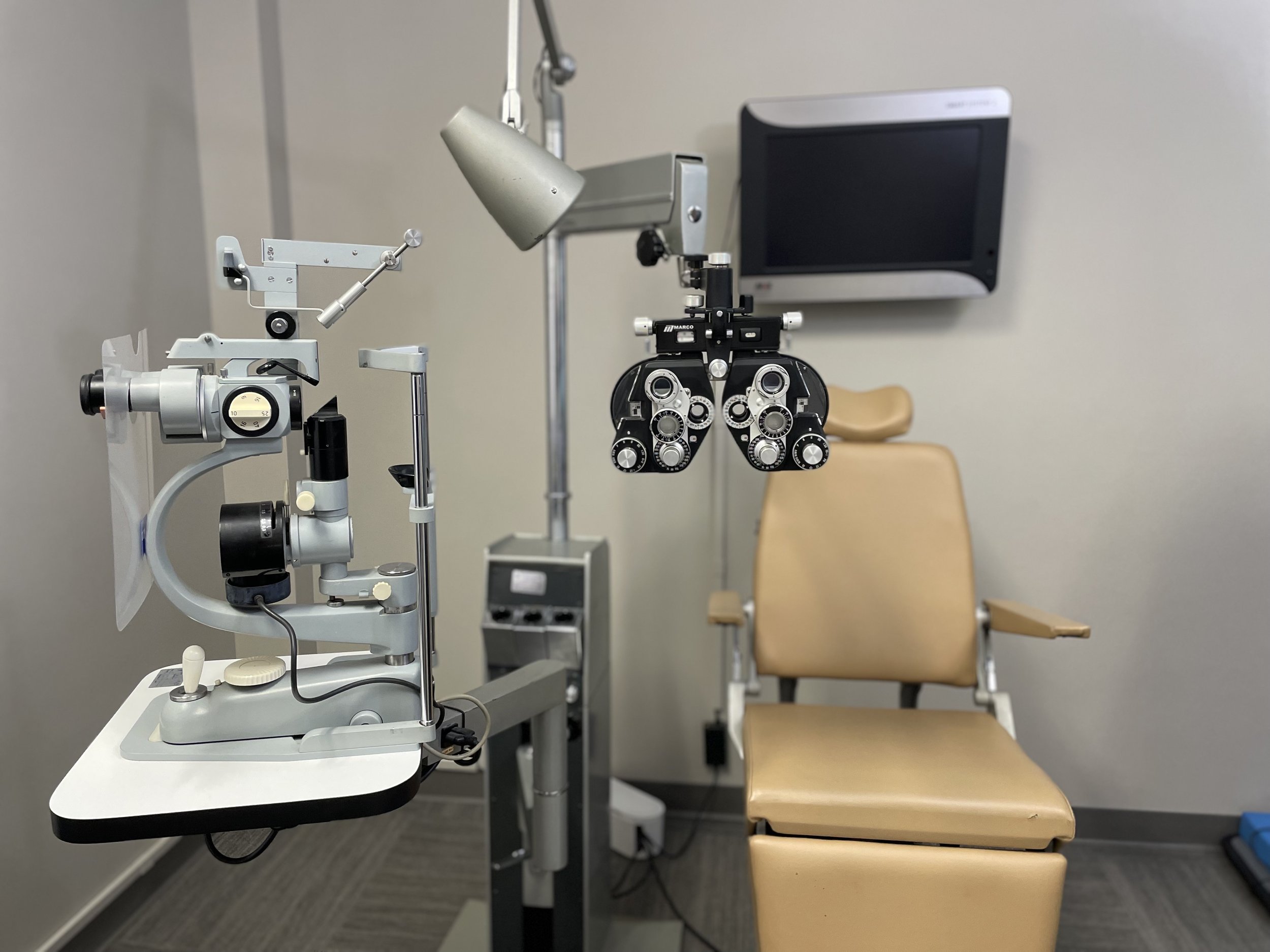
Make it stand out
Did you kno

“Before I did vision therapy, I hated cornhole. Now I love it because I can get the bag in the hole. One of my favorite things is when my parents can't see something that I can, and they ask me how I can. I say it's because I have EagleEyes.” - J.K. 13yrs old
Click below to read more of our success stories!









